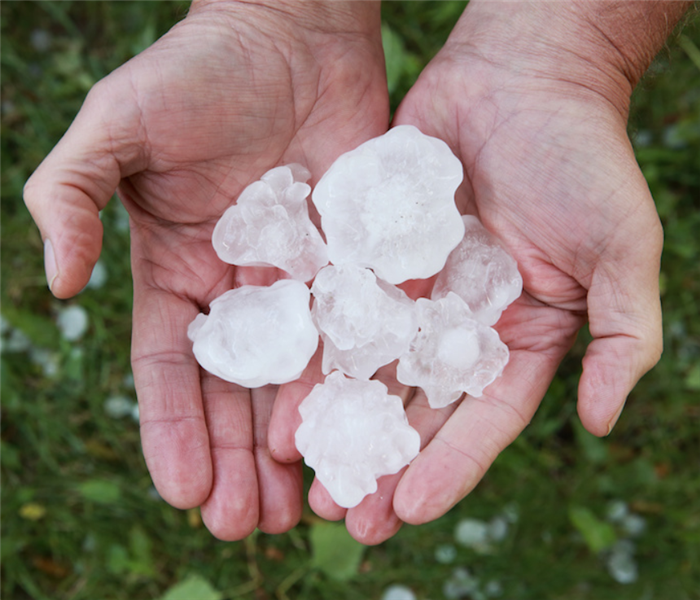Storm damage in Long Beach, CA
7/5/2019 (Permalink)
When we are in the spring and summer season, thunderstorms can happen any day. These storms can also bring a chance for property damage.
How familiar are you with the different types of damage that thunderstorms can cause?
There are an estimated 16 million thunderstorms each year all throughout the world. The United States experiences approximately 100,000 thunderstorms per year, and 10% of those are considered severe.
In order for a thunderstorm, there are three required components—moisture, rising unstable air, and a “lifting” mechanism. That lift can result from mountainous terrain that forces air to rise, or from warm/cold or wet/dry air bumping together, causing a rising motion.
There are three stages in a thunderstorm’s life cycle. The first is the developing stage, the second is the mature stage and the third is the dissipating stage. It’s during the middle stage where most damage occurs.
Of the many different dangers present during storms, one of the greatest risks is the chance for flying debris due to high winds.
During a severe thunderstorm, winds can gust up to and over 57.5 mph, which is more than enough to cause damage to your property.
Loose items in your yard, including kids’ toys and your lawn furniture, can quickly turn into projectiles.
Thunderstorms can also produce the following damage besides wind damage:
Lightning damage. If striking a home or building, the electricity that can pass through wiring can fry your electronics. Lightning can also result in the starting of fires.
Tornado damage. These storms are often short but mighty. In comparison with the winds of a normal storm at around 60 mph, tornadoes have winds gusting up to 200 mph. That dangerous punch can wreak havoc.
Hail damage. No matter what size hail you see during a thunderstorm, damage can result. In fact, there’s more than $1 billion in hail damage reported each year.
Flood damage. When a large amount of rain falls in a small amount of time, flooding results. There’s nowhere else for the rain to go and it’s falling too fast to dissipate into the ground.
If a thunderstorm has resulted in damage to your home or business, know that the team at SERVPRO® of Northwest Long Beach is available 24⁄7 to help with cleanup and restoration.

 24/7 Emergency Service
24/7 Emergency Service
